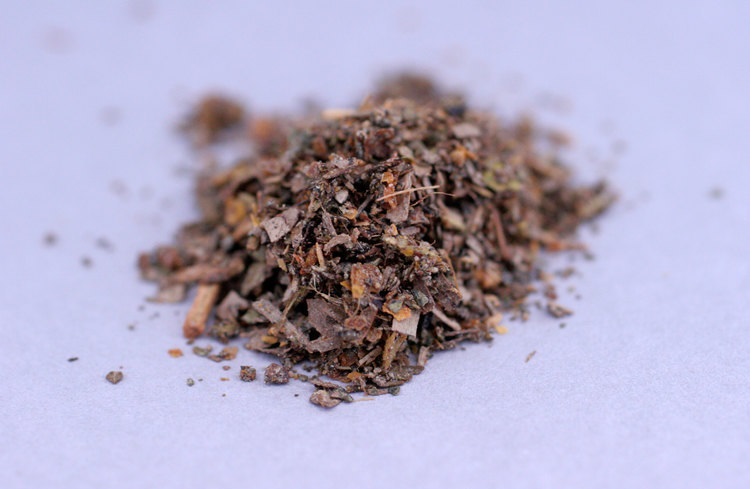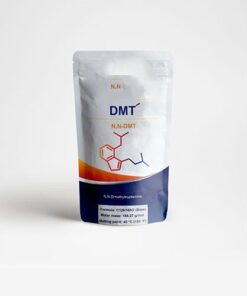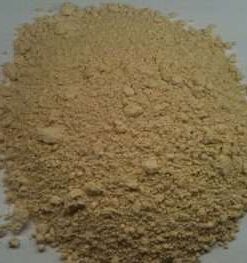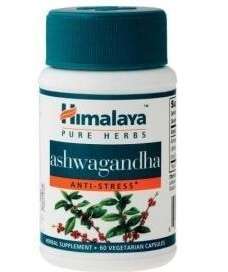Changa
$125.00
Changa is a DMT/MAOI-infused smoking blend. Typically, extracts from DMT-containing plants are combined with a blend of different herbs and ayahuasca vine and/or leaf to create a mix that is 20–50% DMT, akin to a smokeable ayahuasca. The effects of Changa are considered by many to be more grounded than just DMT freebase smoked on its own.
Changa is a DMT/MAOI-infused smoking blend. (Buy changa online) Typically, extracts from DMT-containing plants are combined with a blend of different herbs and ayahuasca vine and/or leaf to create a mix that is 20–50% DMT, akin to a smokeable ayahuasca.
The effects of Changa are considered by many to be more grounded than just DMT freebase smoked on its own.
Changa was created by Australian Julian Palmer in 2003-2004 and named when he ‘asked’ for a moniker for the drug during an Ayahuasca session.
The substance became highly popular in Australia in the mid 2000s, but its widespread introduction outside of Australia appears to be dated to the Boom Festival in Portugal in 2008.
Changa may contain an endless variety of plants and herbs. It’s ultimately a do-it-yourself project. Every changa alchemist develops their own ‘unique’ recipe, dependent on available herbs, specific needs and creativity. Changa always contains at least one plant (or extract) with MAO inhibiting qualities and a DMT-extract.
The ayahuasca vine Banisteriopsis Caapi is generally considered the main ingredient of the mixture. Both leaves and vine are used. An extract of Syrian rue (Peganum harmala) could function as a substitute. (The seeds have a strong MAO inhibiting effect, but are less pleasant to smoke.) Another possible MAOI is passionflower (Passiflora incarnata): it’s less potent, but a popular ingredient because of her mild and calming effects.
Buy changa online
Changa was growing in popularity as of 2015 due to its ease of smoking and longer duration (approximately 10-20 minutes) compared to smoking freebase DMT crystal
Preferably, DMT is extracted from natural sources. However, on some occasions, synthetic DMT is added. In Australia, the acacia tree is the most common source of DMT, for example, Acacia obtusifolia, Acacia confusa or Acacia acuminata. In the rest of the world, most people prefer Mimosa hostilis. Other DMT-containing plants like chaliponga (Diplopterys cabrerana), chakruna (Psychotria viridis) or reed canary grass (Phalaris brachystachys or Phalaris arundinacea) – or a combination of these – might be used as well.
Be the first to review “Changa” Cancel reply
Related products
K2-SPICE
DMT
IBOGAINE
DMT
IBOGAINE












Reviews
There are no reviews yet.